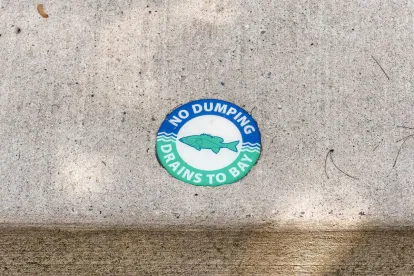The Maryland Department of the Environment has for many years sought to meet its obligations under the Clean Water Act and the Chesapeake Bay Total Maximum Daily Load in part by imposing obligations on municipal separate storm sewers (MS4s) beyond the statutory minimum imposition of control to the “maximum extent practicable” or “MEP.” Specifically, it has required “restoration” of 20 percent of the “untreated” — that is, not subject to street cleaning or the like — impervious surface in the jurisdiction even if the surface does not drain to the MS4. In May 2021 we discussed a decision of the Maryland Court of Special Appeals (the state’s intermediate appellate court) for the most part affirming Maryland’s general permit scheme for small MS4s, Maryland Small MS4 Coalition v. Md. Dep’t of the Env’t, 250 A.3d 346 (Md. App. 2021).
Last week, the Court of Appeals affirmed. Maryland Small MS4 Coalition v. Md. Dep’t of the Env’t, No. 25, Sept. Term 2021 (Md. June 1, 2022). It followed essentially the same reasoning as the Court of Special Appeals: the federal Clean Water Act sets a minimum degree of control from which permitting jurisdictions may depart as necessary to achieve water quality goals. Point source dischargers, like storm sewer system operators, may be subject to conditions necessary to mitigate impacts from other, unregulated discharges.
The court had previously decided a challenge to large MS4 permits as too lax brought by an environmental group, Md. Dep’t of the Env’t v. Anacostia Riverkeeper, 134 A.3d 892 (Md. 2016), and to medium MS4 permits as too onerous on the same grounds as the small MS4 challenge, Md. Dep’t of the Env’t v. Carroll Cty., 214 A.3d 61 (Md. 2019), cert. denied, 140 S. Ct. 1265 (2020). (We began this string of blog posts commenting on Carroll County.) The court therefore found itself bound to follow those prior decisions:
We hold that, pursuant to the doctrine of stare decisis, the holdings of Carroll County apply in this case. We hold that this case is governed by this Court’s prior case law and presents neither a material difference nor a change in circumstance that would justify reconsideration of this Court’s Carroll County decision.
Slip op. at 2.
Efforts by municipalities to impose impervious surface limits on or even to require “restoration” from private parties are common in Maryland. Further cost-shifting as would be common under the cleanup programs has not, to my knowledge, been attempted.



 />i
/>i

